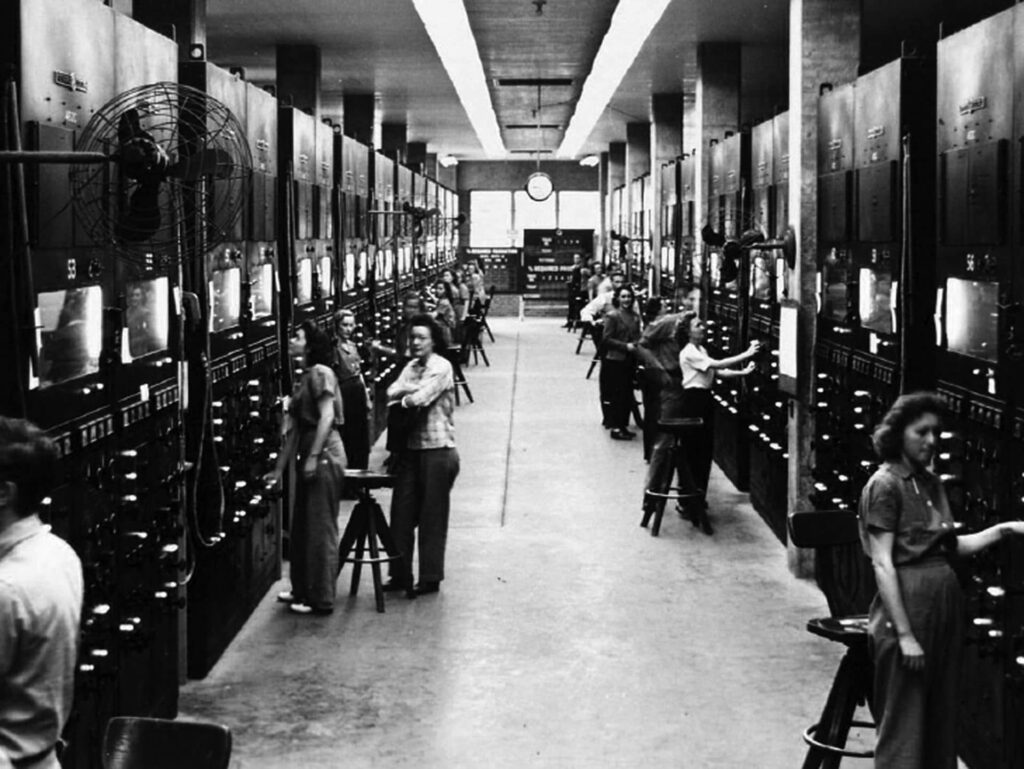The Manhattan Project was a pivotal moment in history, marking the race to develop the world’s first atomic bomb during World War II. Led by top scientists and researchers, the project faced numerous challenges in enriching uranium and producing plutonium. The successful Trinity Test in July 1945 proved the bomb’s feasibility, leading to the devastating bombings of Hiroshima and Nagasaki in August of the same year. The legacy of the Manhattan Project continues to impact global security and international relations, with debates still ongoing about the morality of using nuclear weapons. This groundbreaking project forever altered the course of history and ushered in the atomic age.
The Manhattan Project: The Race to Develop the Atomic Bomb
The Manhattan Project was a top-secret project during World War II that aimed to develop the world’s first atomic bomb. The project was named after the location of its main research and production facilities in Manhattan, New York City. The idea of developing an atomic bomb was first proposed by Albert Einstein in a letter to President Franklin D. Roosevelt in 1939, warning of the potential of Nazi Germany to develop such a weapon.
The Beginning of the Project
In response to Einstein’s letter, President Roosevelt established the Advisory Committee on Uranium in 1939, which eventually led to the creation of the Manhattan Project in 1942. The project was allocated huge resources and brought together the brightest minds in science, including physicists such as Robert Oppenheimer, Enrico Fermi, and Niels Bohr.
The Research and Development Process
The Manhattan Project consisted of several research and production facilities across the United States, including the famous Los Alamos Laboratory in New Mexico, where the bomb’s design and construction were carried out. The project faced significant technical challenges, including the need to enrich uranium and produce plutonium, both essential components of an atomic bomb.
The Trinity Test
On July 16, 1945, the Manhattan Project successfully conducted the Trinity Test, the first detonation of an atomic bomb in Alamogordo, New Mexico. The test proved the feasibility of the bomb and marked a major milestone in the development of nuclear weapons.
The Hiroshima and Nagasaki Bombings
Following the successful Trinity Test, the United States dropped atomic bombs on the Japanese cities of Hiroshima and Nagasaki in August 1945, leading to the surrender of Japan and the end of World War II. The bombings remain controversial to this day, with many questioning the necessity and morality of using such devastating weapons.
The Legacy of the Manhattan Project
The Manhattan Project had a profound impact on the course of history, ushering in the atomic age and the threat of nuclear proliferation. It also led to the Cold War arms race between the United States and the Soviet Union, as both countries sought to develop more powerful and sophisticated nuclear weapons.
Conclusion
The Manhattan Project was a remarkable scientific and engineering achievement that forever changed the world. It demonstrated the incredible power of nuclear weapons and the grave consequences of their use. The project’s legacy continues to shape international relations and global security to this day.
